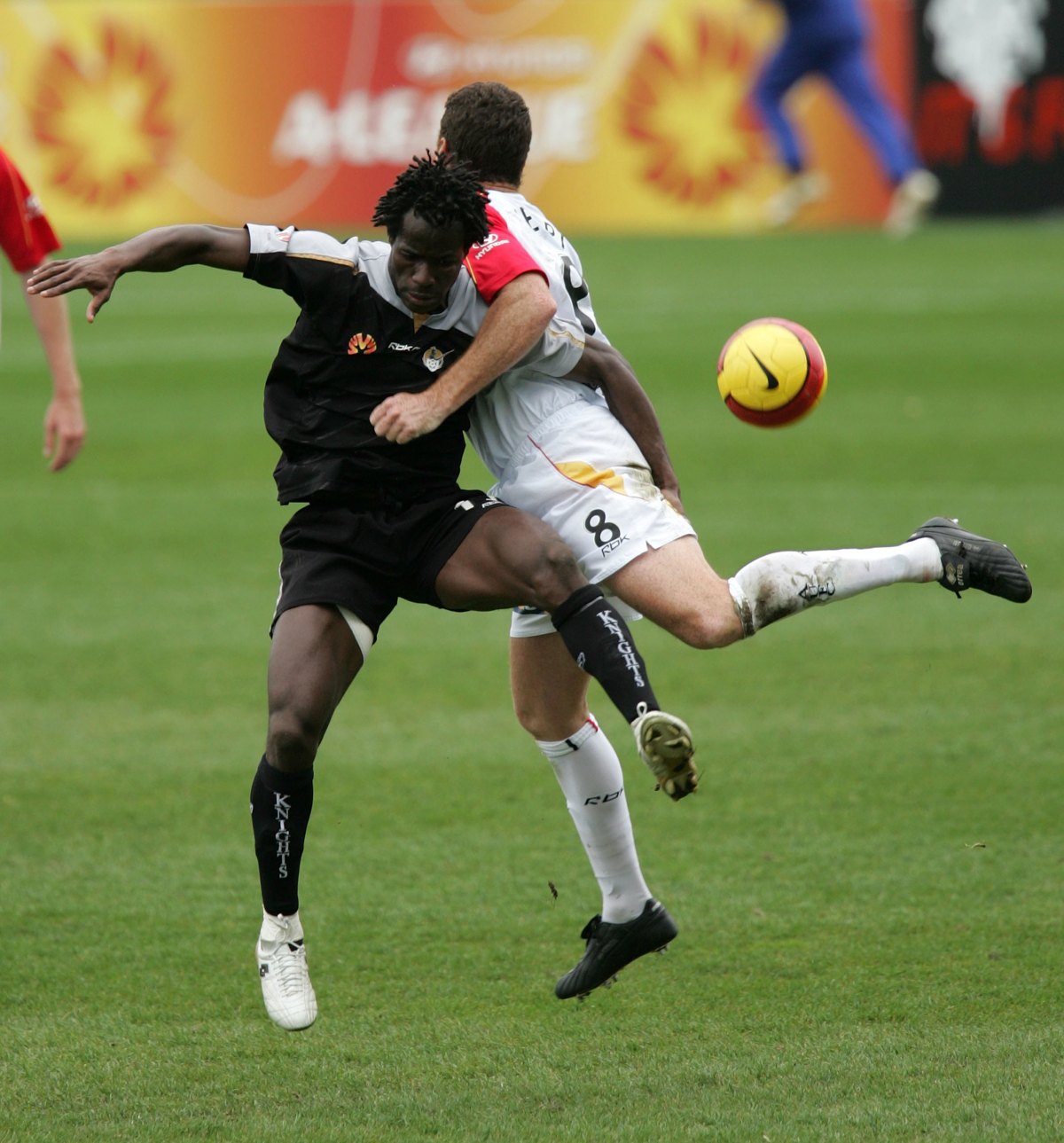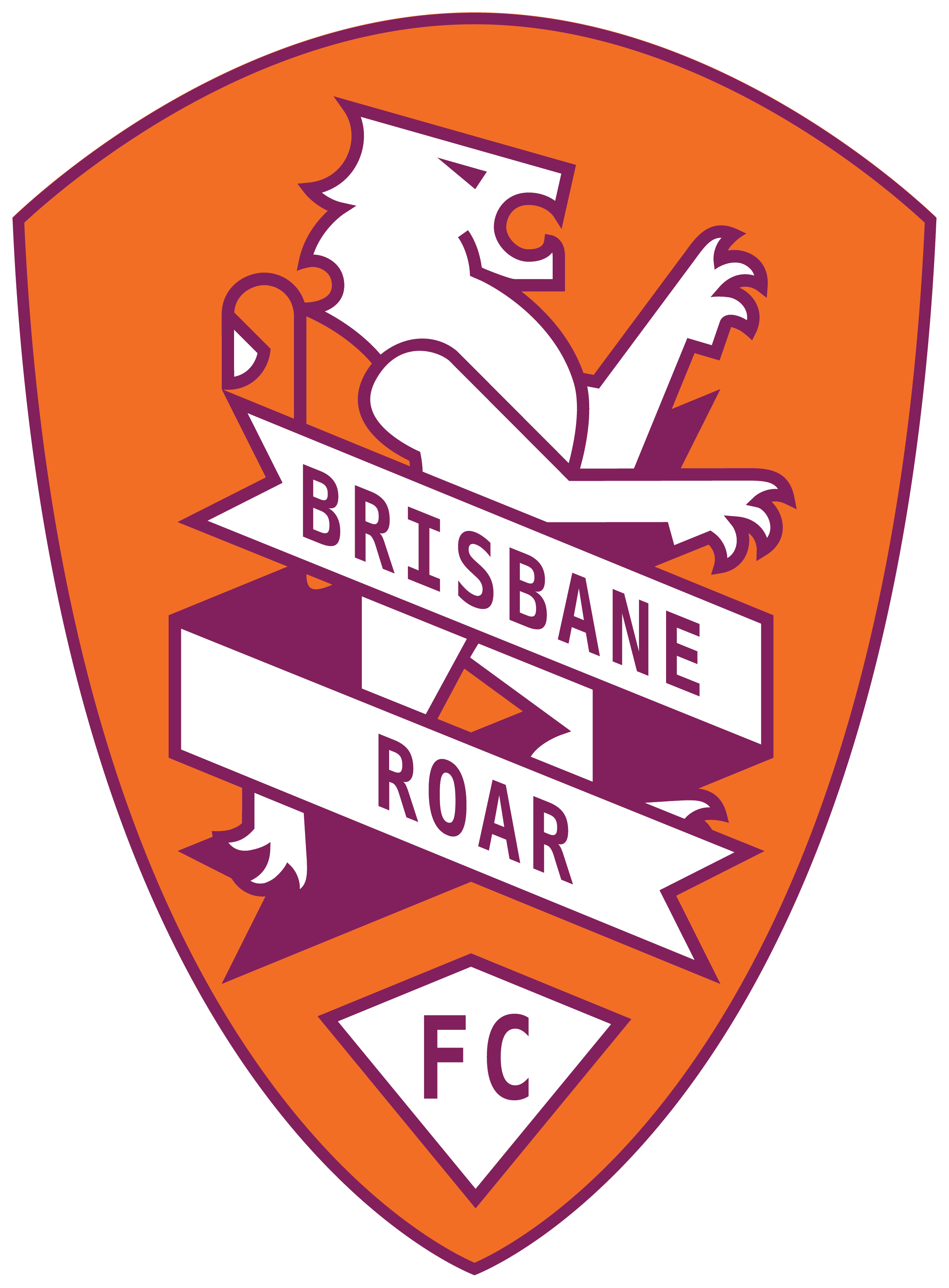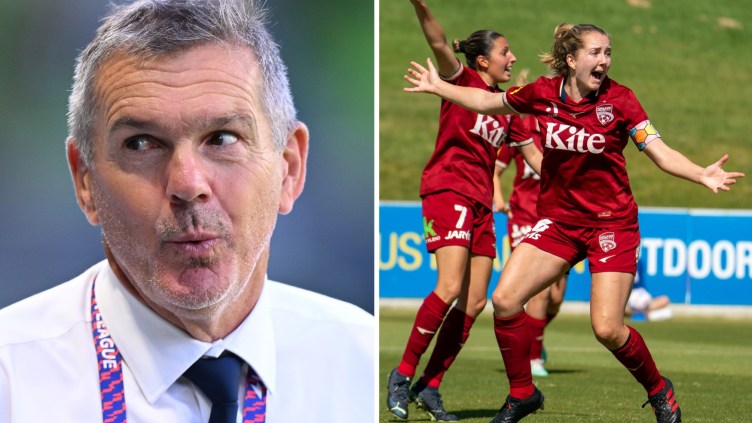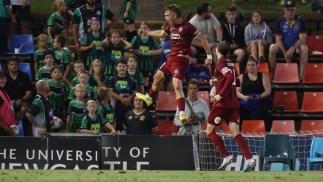New clubs will be followed by two more a year later as APL targets 16-club competitions by 2026, writes Tom Smithies.
Expansion is back – but not as we knew it.
Some four and a half years after the A-Leagues last added new clubs, the timetable for two new rounds of expansion has been set – culminating, if all goes to plan, in a 16-club competition with teams in each of the A-Leagues by 2025-26.
Adding a men’s team in Canberra and a whole new club in Auckland have been identified as preferred markets to be the first two additions, slated to enter the A-Leagues in 2024-25, but the method for selecting the backers of the new clubs will be almost the complete reverse of the process that brought in Macarthur FC and Western United.
Instead of a competing field of bidders entering what was effectively a blind auction – and each developing their own blueprint for how they would build a club from scratch – the Australian Professional Leagues (publisher of this website) will undertake much of the preparatory work before seeking investors for the prototype clubs.
The new owners of each club would buy an equity share in APL, worth around $25million based on the value of the leagues as a whole generated by the widely reported 33% stake bought by US private equity firm Silver Lake for $140m.

Canberra and Auckland have both been identified already as the two leading and so-called “under-served football markets” across Australia and New Zealand after probing of 13 areas that could potentially host a new club. The other 11, judged not ready so far, will be on a long list for teams 15 and 16, which APL bosses plan to introduce in 2025-26.
Though the ravages of Covid – and the struggle for both Macarthur and Western United to build their crowd figures in its aftermath – are likely to provoke some scepticism over the potential for investment into new clubs, the addition of new clubs is seen as essential for driving engagement with the A-Leagues through new teams and new players. It will also ultimately expand the fixture list and create a true “home and away” draw.
The A-League Women is already due to move to a full home and away season next year, while the A-League Men aims to move towards a home and away season of 30 games by the kick-off of the 2025-26 season, pending the expansion timetable running to schedule.
APL hopes to award two licences by June, but has made clear it will pause the process if appropriate backers are not brought into the fold.

“But all our indications so far is that there are investors in both cities – and beyond – who can see the huge potential for new clubs and for the A-Leagues,” said APL CEO Danny Townsend.
“The fact we are doing a lot of groundwork cuts to the chase in terms of potential investors seeing how quickly and effectively they can take our plans and build a club. It also means the football community in each area is prepared and onboard, rather than anyone starting from scratch.
“We have alternative plans if required, but we’re confident that this approach will work for all parties.”
All new clubs will be required to field men and women’s teams, which in Canberra’s case will involve the new club creating a men’s team and working with the current Liberty A-League side that is run by Capital Football. Eventually APL intends for the two to merge. APL has successfully introduced women’s teams for Wellington and Western United in the past two seasons, with the Mariners to follow suit next season.
The moves to establish a Canberra club for the Isuzu UTE A-League Men are significantly further advanced than plans for Auckland, after months of meetings between APL executives and ACT stakeholders across government, football and sports infrastructure operators. APL is creating a partnership with the Capital Region Football Collective, the group behind Canberra’s unsuccessful bid for a licence in 2018, and plans a fan’s forum in April.
Buy tickets to this weekend’s Isuzu UTE A-League Sydney Derby!
MATCH DETAILS: SYDNEY DERBY
Sydney FC v Western Sydney Wanderers
Saturday, March 18 2023
Kick-off: 7.45pm AEDT
Allianz Stadium
MATCH CENTRE | BUY TICKETS
Auckland meanwhile has been targeted as the largest metropolitan area across Australia and New Zealand without an A-League club, with the potential to create an intra-Kiwi rivalry with Wellington Phoenix.
It also scored highly in APL analysis across all 13 putative markets of potential stadia, football participation and interest rates, the possibility of unique support (rather than luring fans from existing clubs) and the aim of expanding the A-Leagues footprint.
Though the New Zealand Knights were based there in the first two seasons of the A-League Men, and failed as a club enough for their A-League licence to be withdrawn and given to Phoenix, APL’s plans are based on a different ownership model and on a different stadium deal.
“Adding Auckland creates an immediate ‘New Zealand’ rivalry with Wellington, but we’re also confident it will deliver a strong, vibrant and well-supported club to the A-Leagues,’ said Townsend. “The commercial benefits of that will flow for the whole competition and ultimately help us to grow Australian football.”

Aware that a number of expansion clubs have collapsed or needed changes of ownership in distress in the past, APL – which took over the running of the leagues last year – is aiming for a broader-based ownership model with a group of investors rather than a single figure.
That will include a roadshow for potential international investors as well as continued talks with prospective local investors, with APL keen to facilitate a mix of both.
“The exciting thing about this process is seeing the potential in these markets to help grow the league as a whole and from that drive interest and excitement in Australian football,” said Tow send.
“There’s been a lot of talk about Football Australia’s plans for a national second division and while we haven’t been fully consulted on that, it means the landscape is buzzing over the future of club football here.
“Realistically the timing of our plans for a 15th and 16th club will come too soon for those entities to come from a national second division, but we’re open to working with FA to ensure there’s a wider, stronger pathway for player development in Australia driven by clubs at all levels.”





